An aircraft registered in france is executing a flight from paris france to ? [ Explanation maintenance ]
Question 10-1 : All the time except when the sera regulations conflict with those from the state overflying all the time without exception only over european airspace but not over other states never
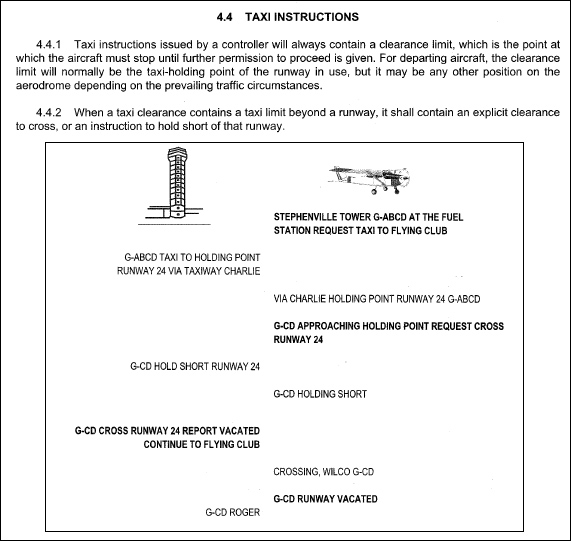 All the time, except when the sera regulations conflict with those from the state overflying.
All the time, except when the sera regulations conflict with those from the state overflying. A circling approach is ?
Question 10-2 : A visual flight manoeuvre keeping the runway in sight a visual manoeuvre to be conducted only in imc a flight manoeuvre to be performed only under radar vectoring a contact flight manoeuvre
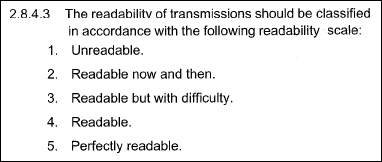 A visual flight manoeuvre keeping the runway in sight.
A visual flight manoeuvre keeping the runway in sight. Abbreviations what does the abbreviation ois mean doc 8168 ?
Question 10-3 : Obstacle identification surface obstacle in surface obstacle identification slope obstruction in surface
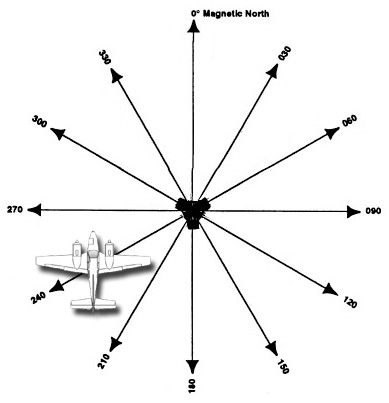 Obstacle identification surface.
Obstacle identification surface. At fl 110 the maximum speed at which an aircraft can enter a holding pattern is ?
Question 10-4 : 230 kt ias 240 kt ias 230 kt tas 240 kt tas
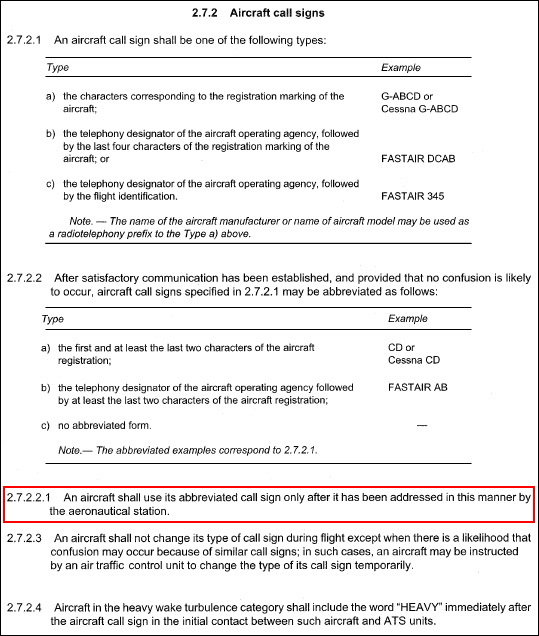 230 kt ias.
230 kt ias. A descent or a climb conducted in a holding pattern is called ?
Question 10-5 : A shuttle a procedure turn a base turn a race track
An approaching aircraft may descent below the msa if ?
Question 10-6 : All mentioned answers are correct the pilot has the field and the underlying terrain in sight and will keep it in sight the aircraft gets radar vectors the pilot is following the published approach procedure
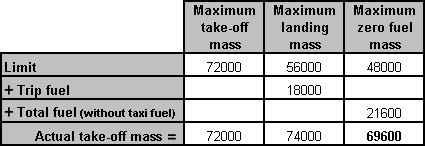 All mentioned answers are correct.
All mentioned answers are correct. Approach procedures arrival and approach segments intermediate approach ?
Question 10-7 : 300m 984 ft reducing to 150 m 492 ft 150m 492 ft reducing to 0 m 450m 1476 ft reducing to 150 m 492 ft 300 m 984 ft reducing to 0 m
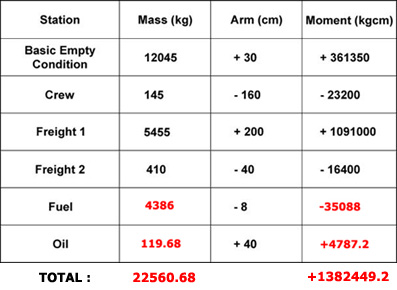 300m (984 ft) reducing to 150 m (492 ft).
300m (984 ft) reducing to 150 m (492 ft). Approach procedures circling .it is permissible to eliminate from ?
Question 10-8 : Prohibits circling within the total sector in which the obstacle exists permits circling only in vmc recommends not to perform circling within the total sector in which the obstacle exists prohibits the circling approach to the affected runway
 Prohibits circling within the total sector in which the obstacle exists.
Prohibits circling within the total sector in which the obstacle exists. Approach procedures .the term used to describe the visual phase of flight after ?
Question 10-9 : Visual manoeuvring circling contact approach aerodrome traffic pattern visual approach
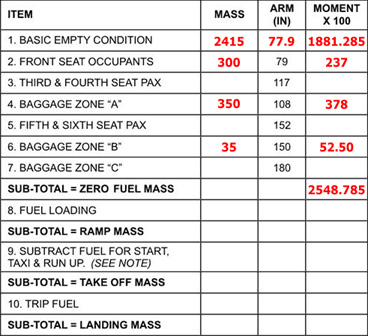 Visual manoeuvring (circling).
Visual manoeuvring (circling). Approach procedures final approach segment .in a precision approach ils ?
Question 10-10 : Half a scale deflection after being established on the track one full scale deflection after being established on the track a quarter of a scale deflection after being established on the track one and a half of a scale deflection after being established on the track
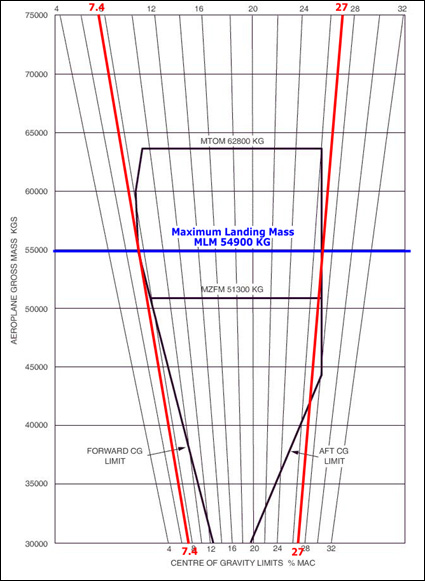 Half a scale deflection after being established on the track.
Half a scale deflection after being established on the track. Approach procedures final approach segment .in a precision approach ils the ?
Question 10-11 : Fap faf map if
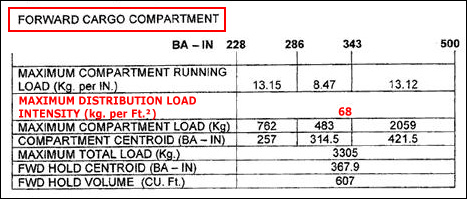 Fap.
Fap. Approach procedures instrument approach area .the primary area of an ?
Question 10-12 : A defined area symmetrically disposed about the nominal flight track in which the minimum obstacle clearance is provided the first part of the segment the most critical part of the segment where the minimum altitude should be kept very carefully the outside part of the segment where the obstacle clearance increases from 0 ft to the appropriate minimum
 A defined area symmetrically disposed about the nominal flight track in which the minimum obstacle clearance is provided.
A defined area symmetrically disposed about the nominal flight track in which the minimum obstacle clearance is provided. Approach procedures mdh / och .for a non precision or circling approach the ?
Question 10-13 : The obstacle clearance height och 200 ft 350 ft 400 ft
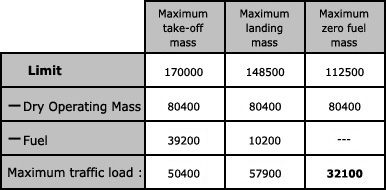 The obstacle clearance height (och).
The obstacle clearance height (och). Approach procedures minimum sector altitudes / msa .minimum sector altitudes ?
Question 10-14 : 25 nm 10 nm 20 nm 5 nm
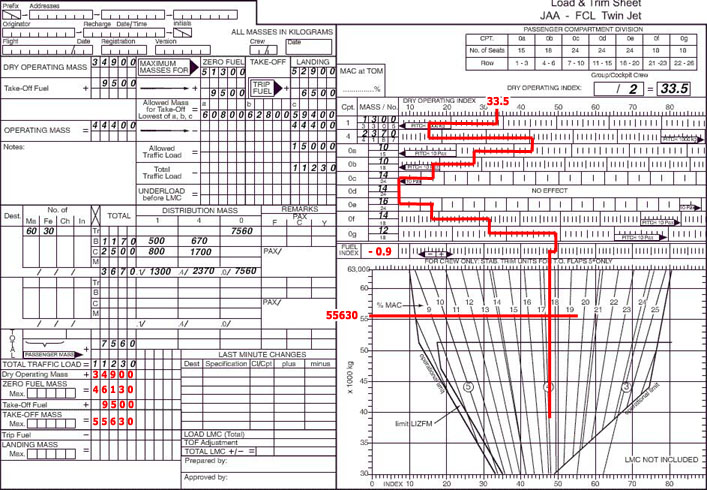 25 nm.
25 nm. Approach procedures missed approach phases .a complete missed approach ?
Question 10-15 : Initial intermediate and final initial and final arrival initial intermediate and final arrival intermediate and final
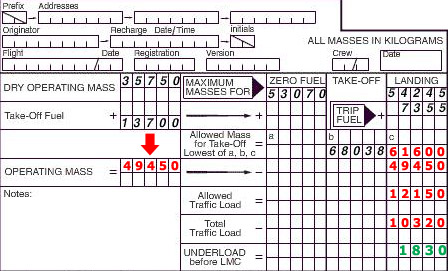 Initial, intermediate and final.
Initial, intermediate and final. Approach procedures missed approach climb .normally the missed approach ?
Question 10-16 : 2 5% 2% 5% 3 5%
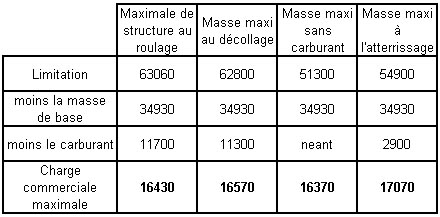 2.5%.
2.5%. Approach procedures non precision straight in .a so called 'straight in ?
Question 10-17 : 30° or less 40° or less 20° or less 10° or less
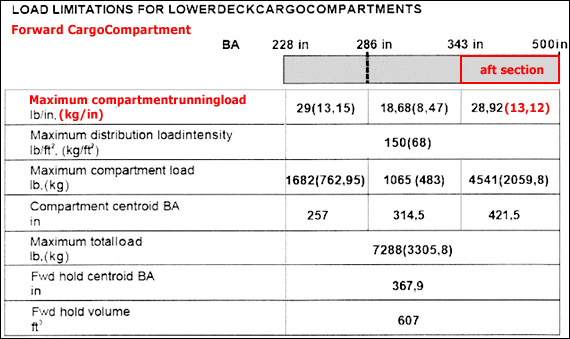 30° or less.
30° or less. Approach procedures arrival and approach segments .the minimum obstacle ?
Question 10-18 : 300m 984 ft 150m 492 ft 450m 1476 ft 600m 1968 ft
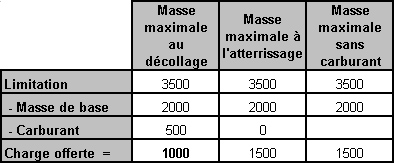 300m (984 ft).
300m (984 ft). Approach segments in an instrument approach procedure the segment in which ?
Question 10-19 : Final approach segment initial approach segment intermediate approach segment arrival segment
Arrival and approach segments general .what are the names of all separate ?
Question 10-20 : Arrival initial intermediate final missed approach initial intermediate final arrival holding initial intermediate final missed approach descend holding arrival initial intermediate final missed approach
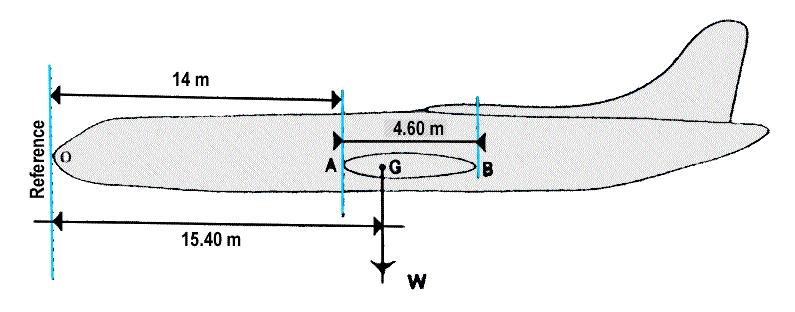 Arrival, initial, intermediate, final, missed approach.
Arrival, initial, intermediate, final, missed approach. Altimeter setting procedures .the transition from altitude to flight level and ?
Question 10-21 : At the transition altitude during climb and at the transition level during descent at the transition level during climb and at the transition altitude during descent only at the transition altitude only at the transition level
Circling approach .one of the conditions to descent below the mda on a circling ?
Question 10-22 : The required visual references have been established and can be maintained the landing runway and an alternative landing possibility runway are in sight the horizontal visibility is at least 5 nm and the ceiling is 1500 ft or higher the ceiling is 1500 ft or higher
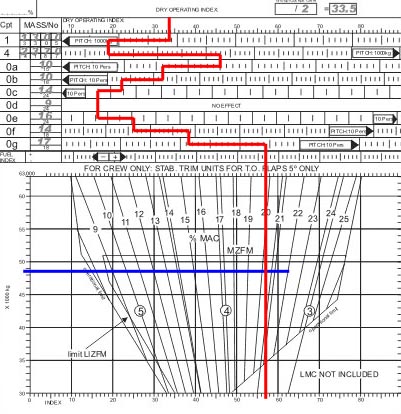 The required visual references have been established and can be maintained.
The required visual references have been established and can be maintained. Definitions icao doc 8168 .what is a turn executed by the aircraft during the ?
Question 10-23 : Base turn procedure turn race track reversal procedure
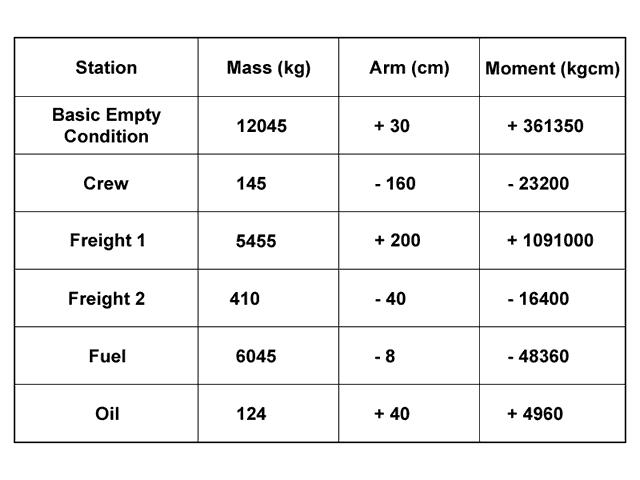 Base turn.
Base turn. Definitions .what is a manoeuvre in which a turn is made away from a designated ?
Question 10-24 : Procedure turn base turn race track reversal track
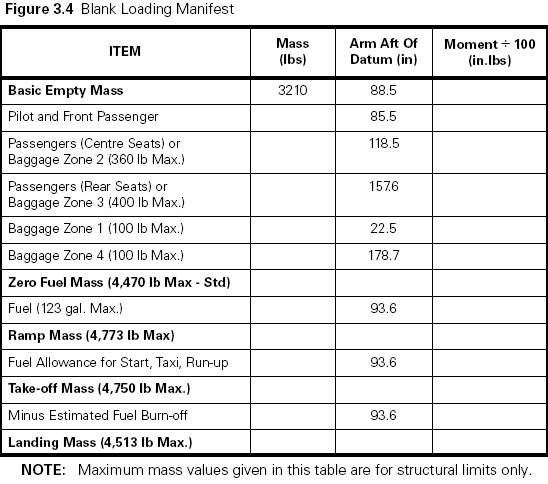 Procedure turn.
Procedure turn. Departure procedure design .the main factor/s that dictate/s in general the ?
Question 10-25 : The terrain surrounding the aerodrome atc availability and requirements availability of navigation aids airspace restrictions applicable and in force
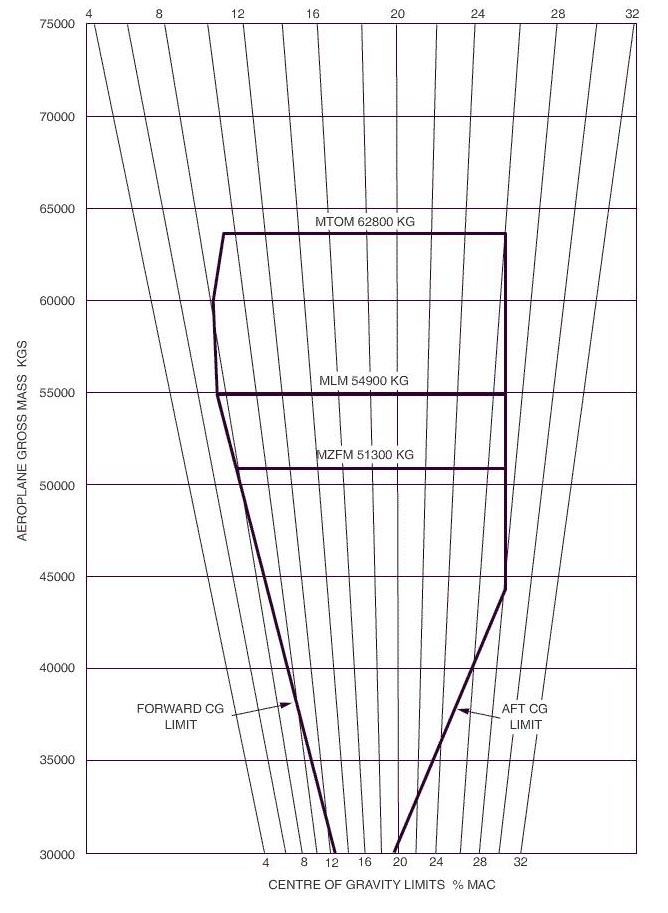 The terrain surrounding the aerodrome.
The terrain surrounding the aerodrome. Dependent parallel approaches may be conducted to parallel runways provided ?
Question 10-26 : At least 30° from the missed approach track of the adjacent approach at least 45° from the missed approach track of the adjacent approach at least 25° from the missed approach track of the adjacent approach at least 15° from the missed approach track of the adjacent approach
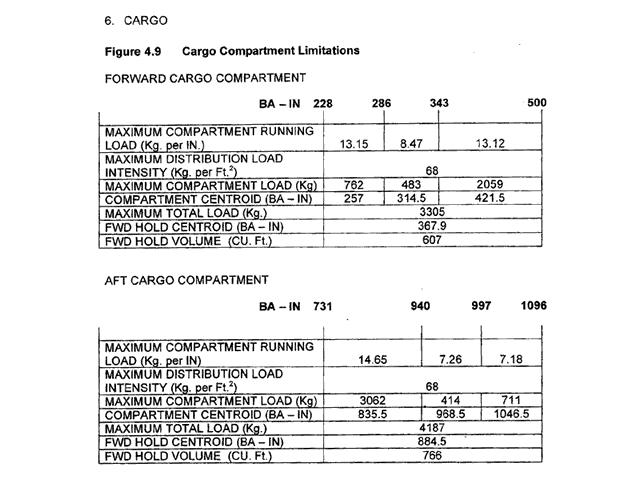 At least 30° from the missed approach track of the adjacent approach.
At least 30° from the missed approach track of the adjacent approach. Final approach segment.during a precision approach ils glide path interception ?
Question 10-27 : 300 m 1000 ft to 900 m 3000 ft 300 m 1000 ft to 600 m 1968 ft 150 m 500 ft to 300 m 1000 ft 150 m 500 ft to 900 m 3000 ft
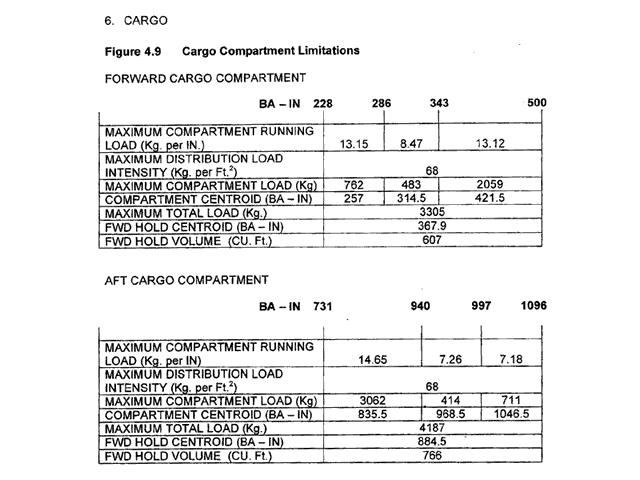 300 m (1000 ft) to 900 m (3000 ft).
300 m (1000 ft) to 900 m (3000 ft). Holding procedures buffer area .how far beyond the boundary of the holding ?
Question 10-28 : 5 nm 3 nm 5 km 3 km
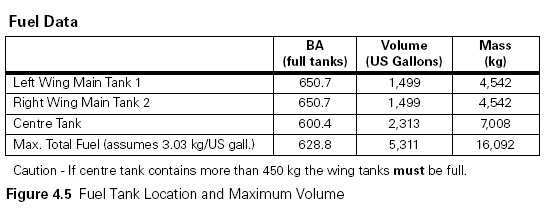 5 nm.
5 nm. Holding procedures entry .related to the three entry sectors in a holding ?
Question 10-29 : 5° 10° 15° 20°
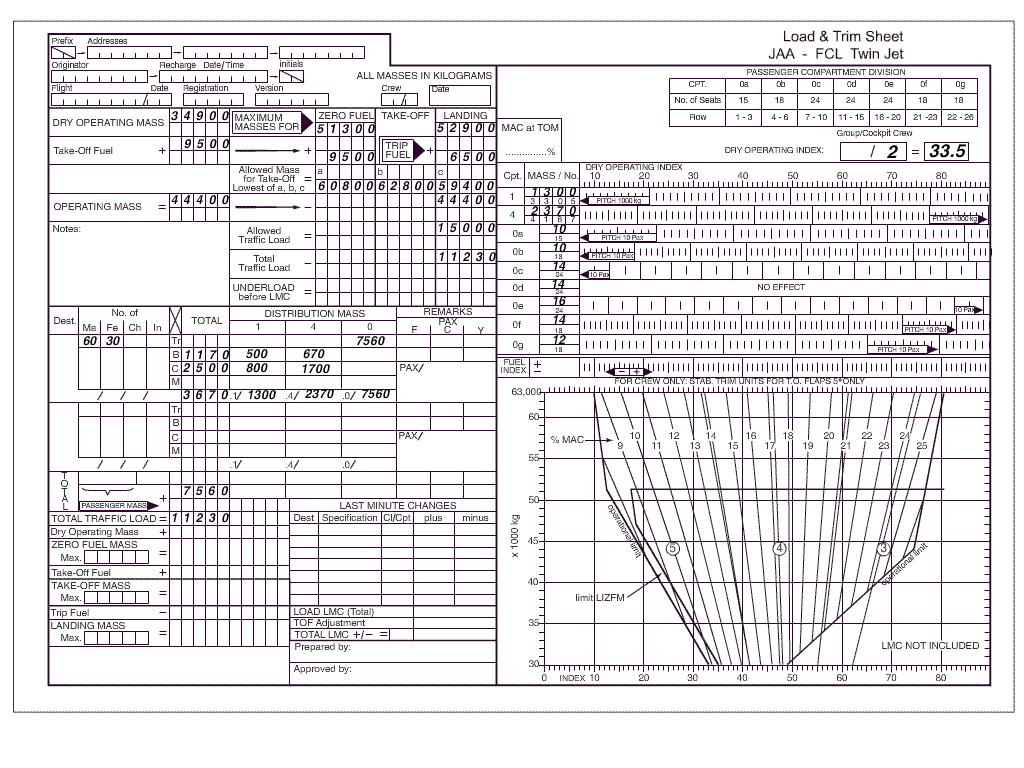 5°.
5°. Holding procedures offset entry .above 14000 ft in still air the outbound time ?
Question 10-30 : 1 minute 30 seconds 1 minute 2 minutes 3 minutes
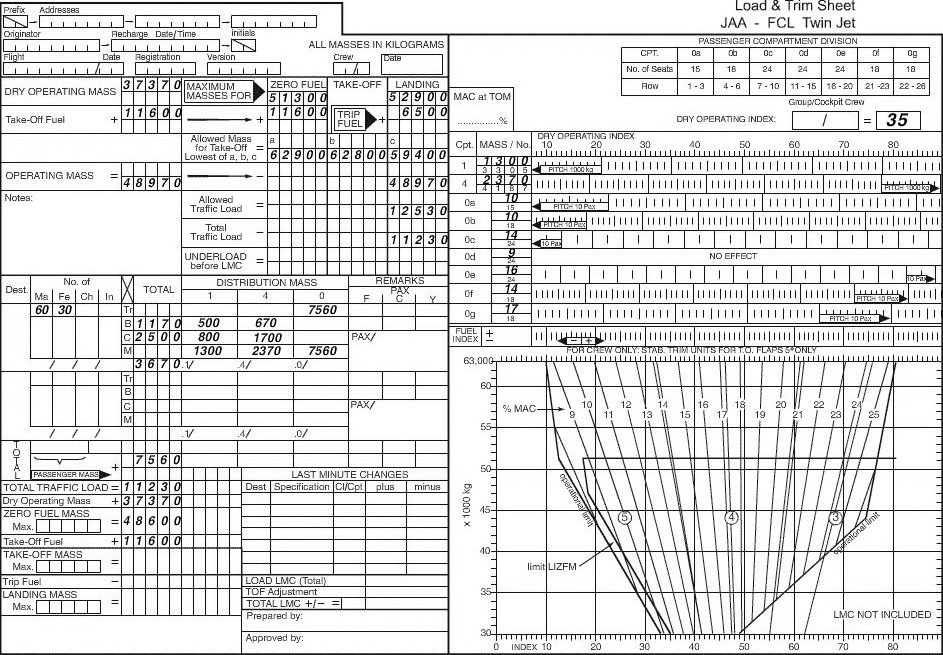 1 minute 30 seconds.
1 minute 30 seconds. Holding procedures entry .you have received instructions to hold over a radio ?
Question 10-31 : Either offset or parallel parallel or direct offset only direct only
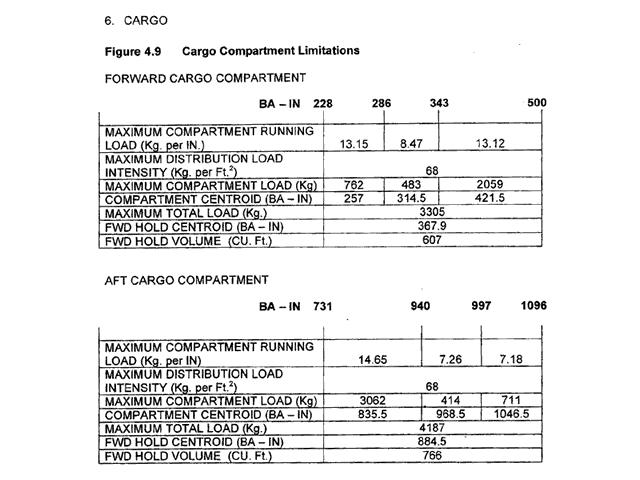 Either offset or parallel.
Either offset or parallel. Holding procedures outbound time the outbound time in a holding pattern at ?
Question 10-32 : 1 minute 1 5 minutes 2 minutes 30 seconds
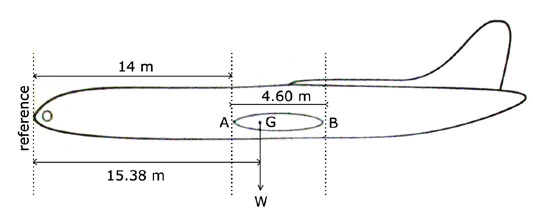 1 minute.
1 minute. Holding procedures .if for any reasons a pilot is unable to conform to the ?
Question 10-33 : Advise atc as early as possible execute a non standard holding pattern in accordance with the performance of his aeroplane remain within the protected area but may deviate from the prescribed holding follow the radio communication failure procedure
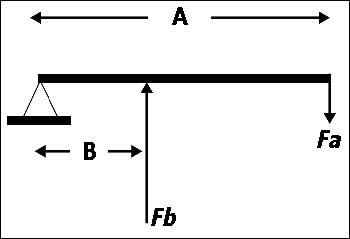 Advise atc as early as possible.
Advise atc as early as possible. Holding procedures.the outbound time in a holding pattern above 14000 ft in ?
Question 10-34 : 1 minute 30 seconds 2 minutes 30 seconds 1 minutes 2 minutes
Horizontal separation independent parallel approaches .a minimum radar ?
Question 10-35 : 3 0 nm 5 0 nm 1 0 nm 2 0 nm
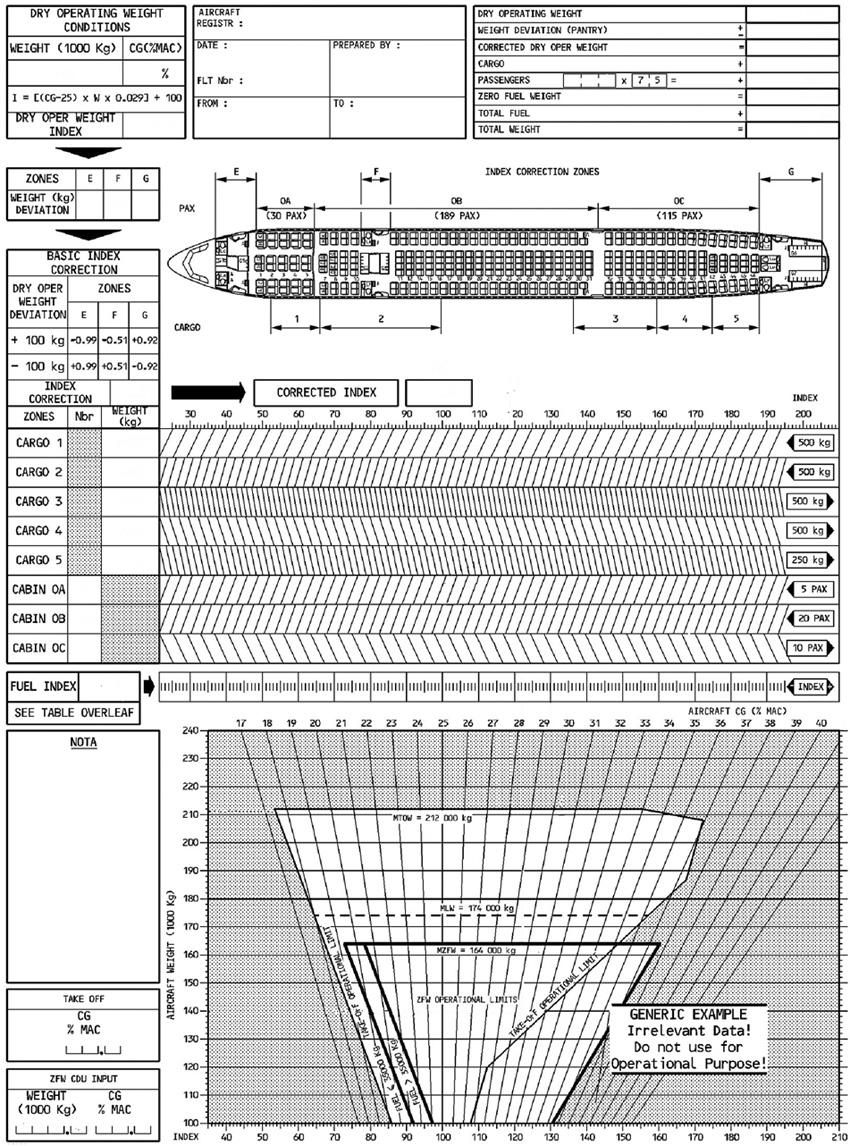 3.0 nm.
3.0 nm. Horizontal separation independent parallel approaches .such approaches may be ?
Question 10-36 : 30° 25° 45° 20°
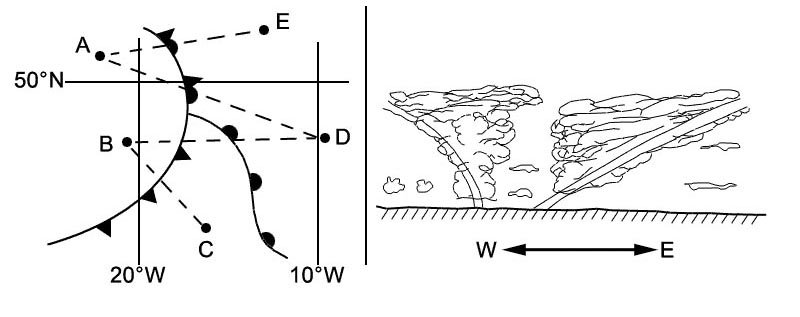 30°.
30°. Ifr cruising levels within controlled airspace shall be given as flight level fl ?
Question 10-37 : Above the transition altitude when applicable when qnh is higher than the standard pressure 1013 hpa only in airspace class a if the obstacle clearance is more than 2000 feet
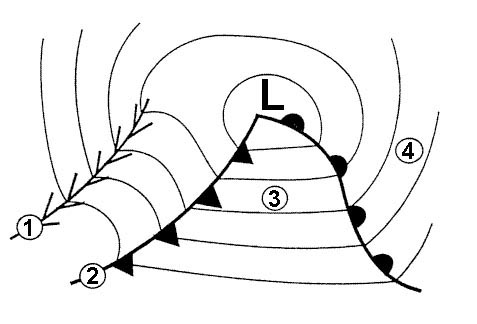 Above the transition altitude when applicable.
Above the transition altitude when applicable. In pans ops the abbreviation der stands for . doc 8168 ?
Question 10-38 : Departure end of runway departure end of route displaced end of runway distance error in routing
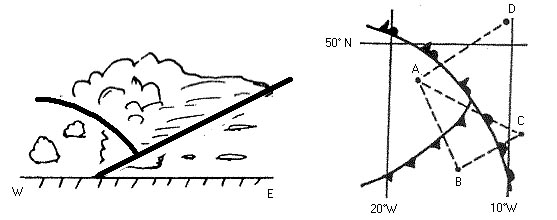 Departure end of runway.
Departure end of runway. Independent parallel approaches requirement for a no transgression ?
Question 10-39 : 610 m wide 500 m wide 710 m wide 600 m wide
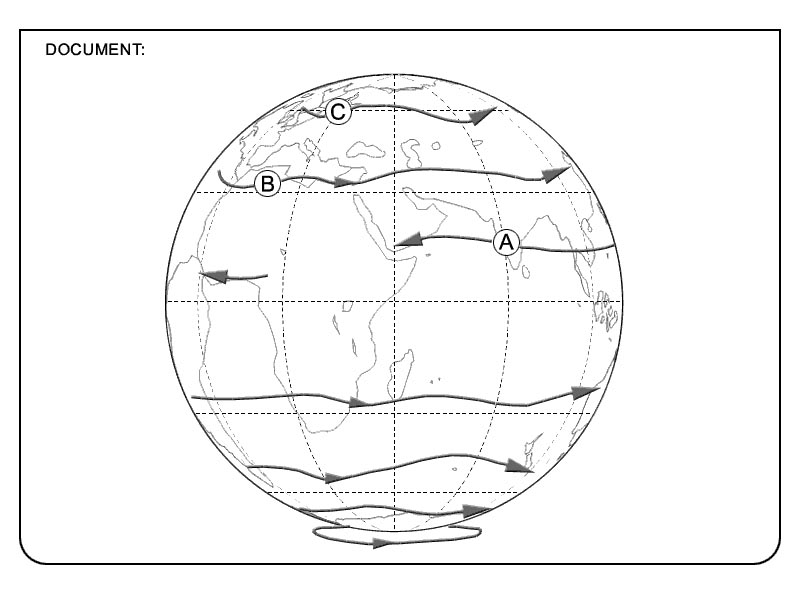 610 m wide.
610 m wide. Independent parallel approaches may be conducted to parallel runways provided ?
Question 10-40 : 610 m is established between extended runway centre lines and as is depicted on the radar display 500 m is established between extended runway centre lines and as is depicted on the radar display 710 m is established between extended runway centre lines and as is depicted on the radar display 600 m is established between extended runway centre lines and as is depicted on the radar display
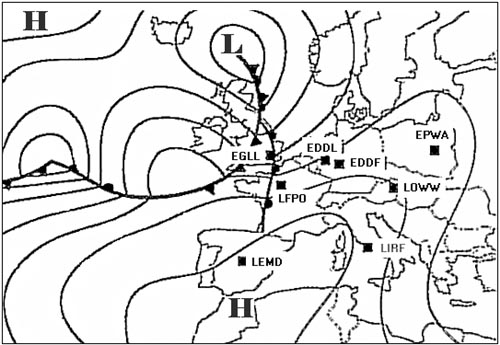 610 m is established between extended runway centre lines and as is depicted on the radar display.
610 m is established between extended runway centre lines and as is depicted on the radar display. Our Training Chapters
They are designed to help you master each area at your own pace and consist of various MCQs to test your knowledge.. Practice regularly to identify your weak points and progressively reinforce what you’ve learned. This will help you become familiar with the question formulations you'll encounter during the exam
Exclusive rights reserved. Reproduction prohibited under penalty of prosecution.
359 Free Training Exam Other source study: Furious atpl examen 10
